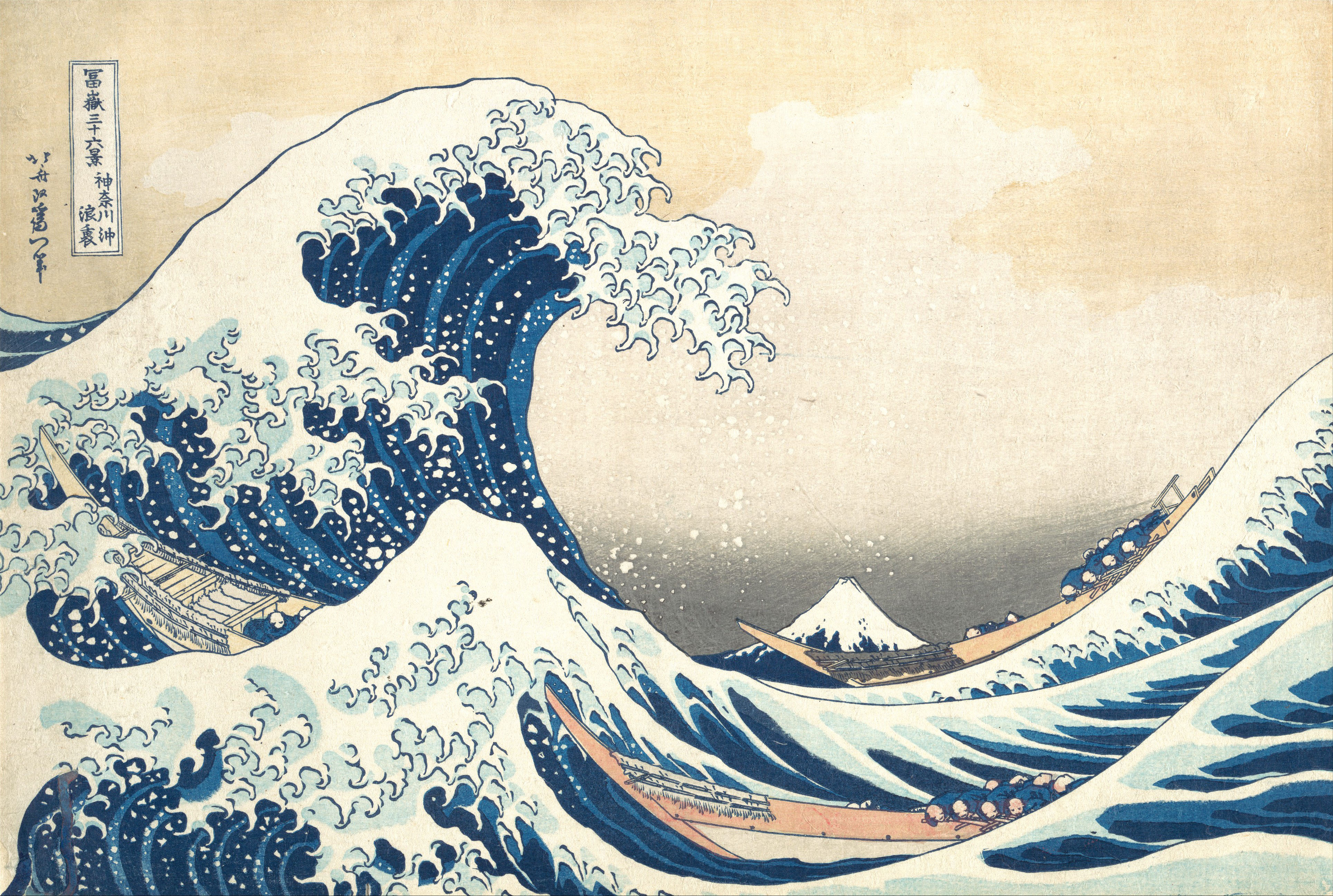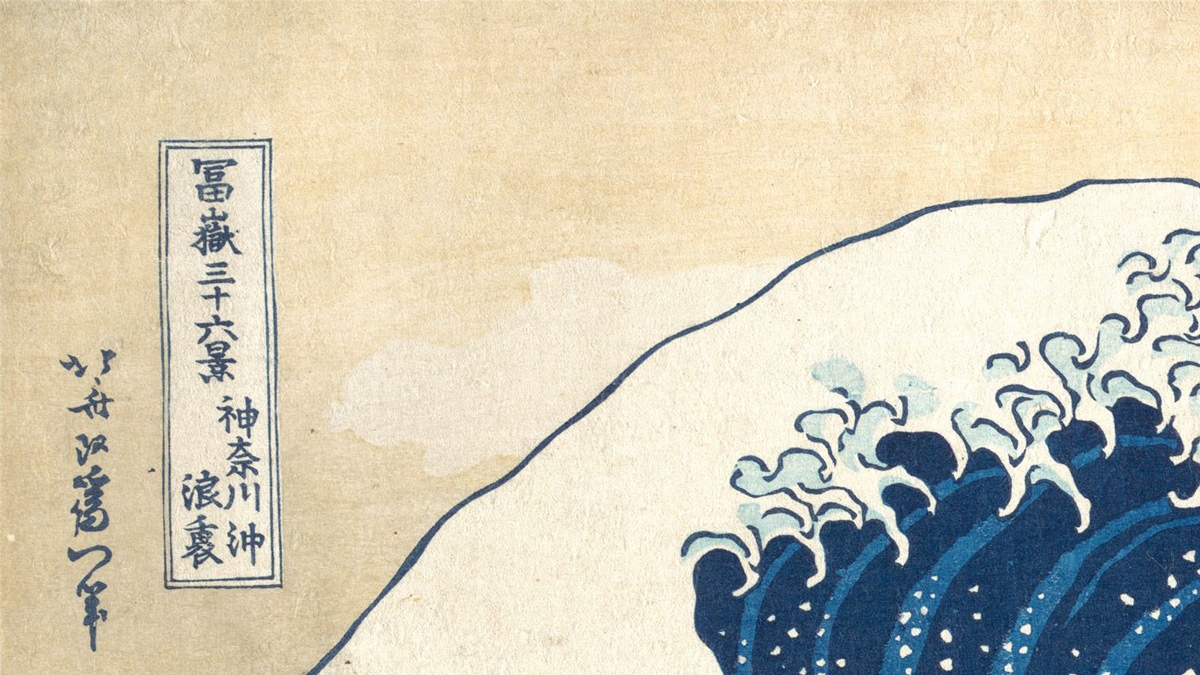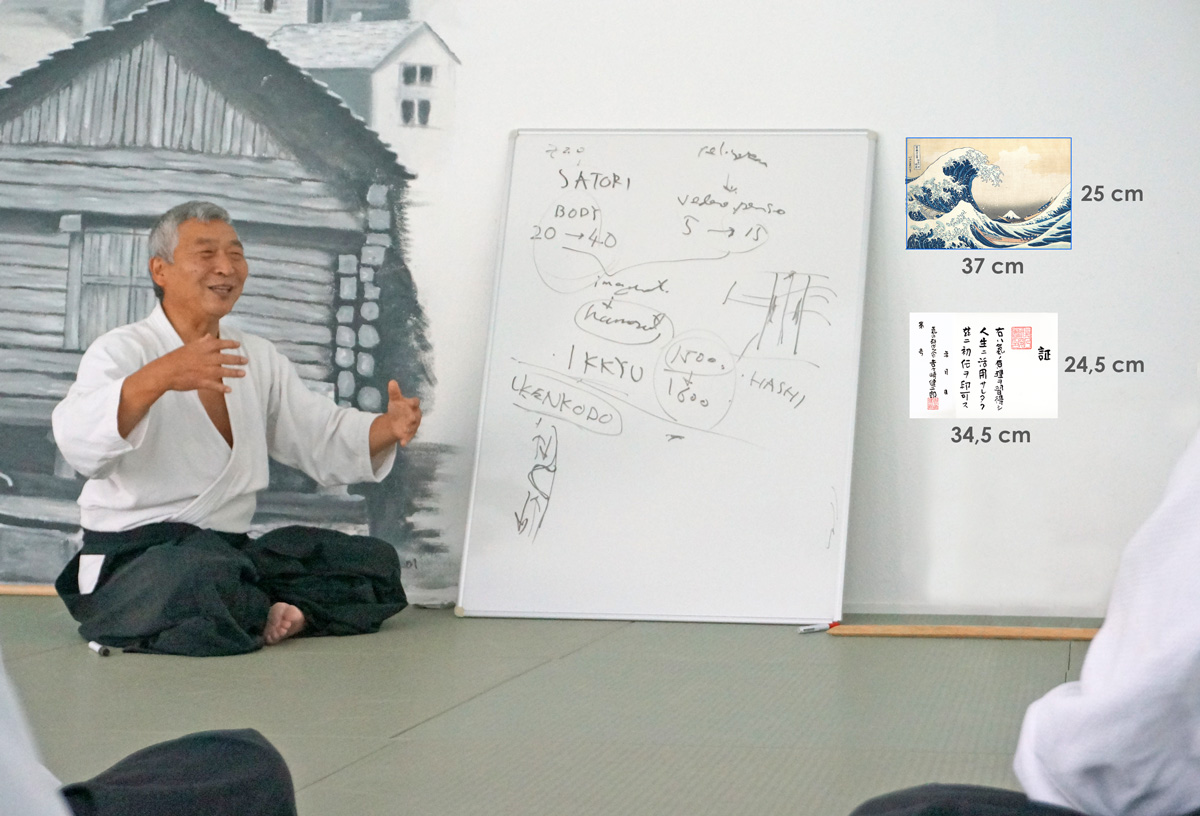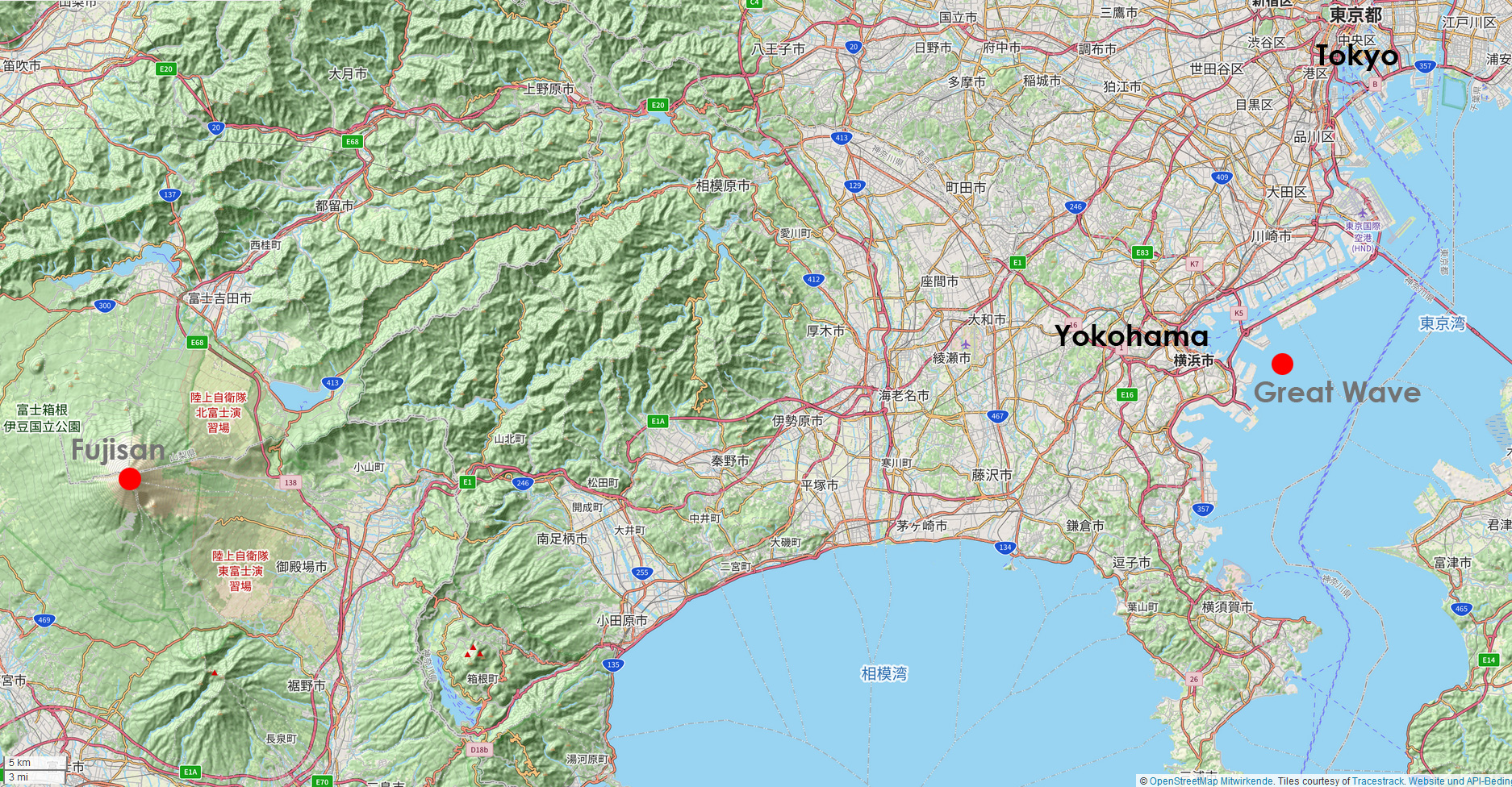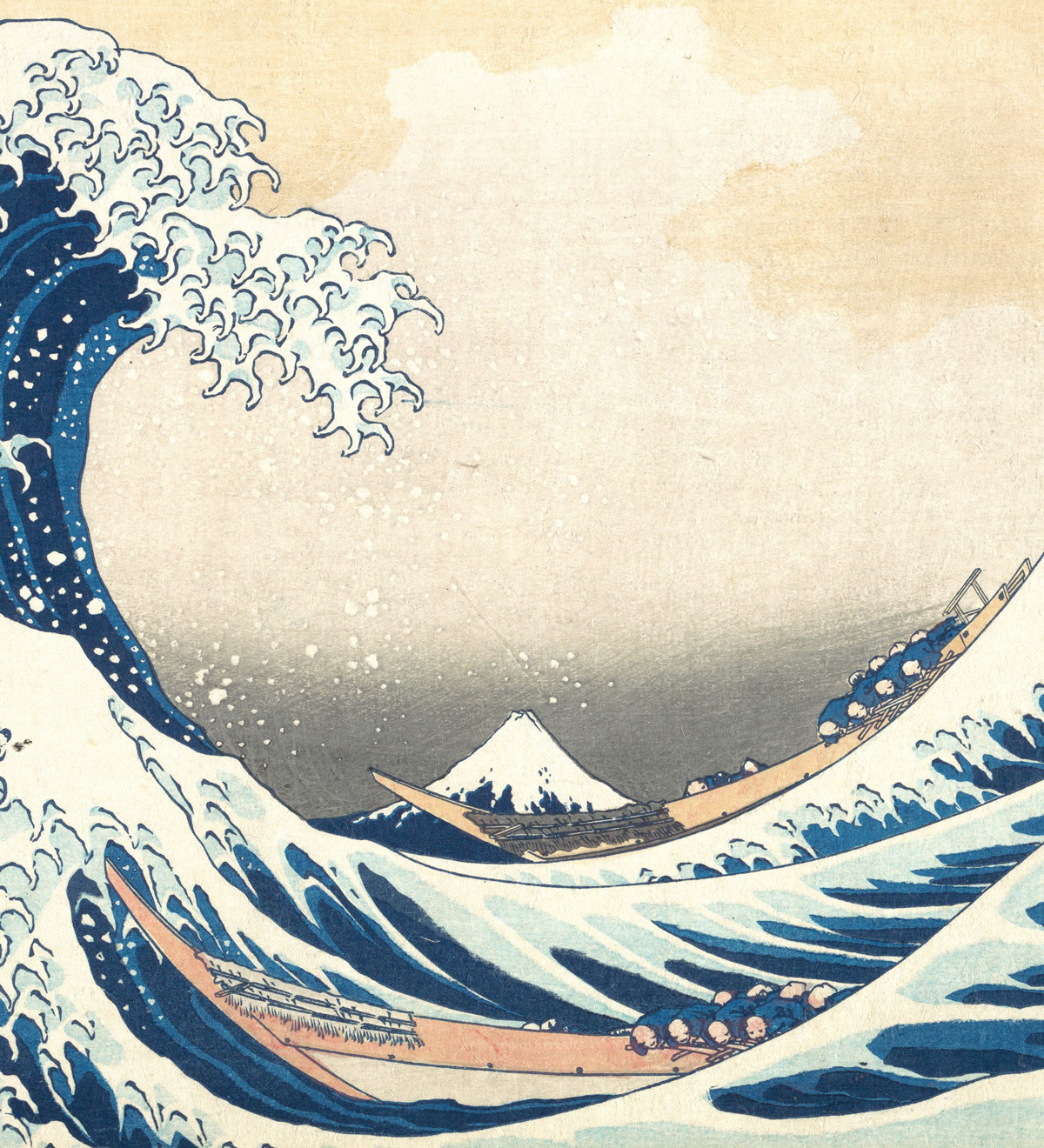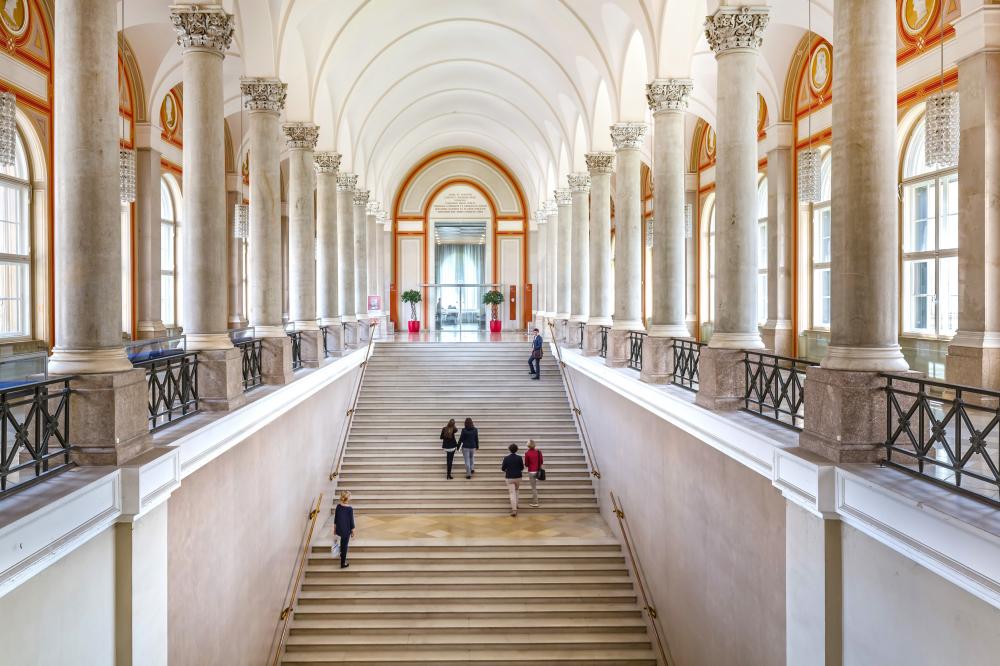
In the News
In 2023, the Bavarian State Library purchased a print of the "Great Wave of Kanagawa" by Katsushika Hokusai (1760 - 1849) from a private collector "for a lower seven-figure euro amount."
An exhibition of Japanese woodcut prints is planned for 2025 in Munich. The Japanese collection of the Bavarian State Library includes a total of around 90,000 printed volumes, 100 manuscripts and 900 broadsheets.
Source: DER SPIEGEL

